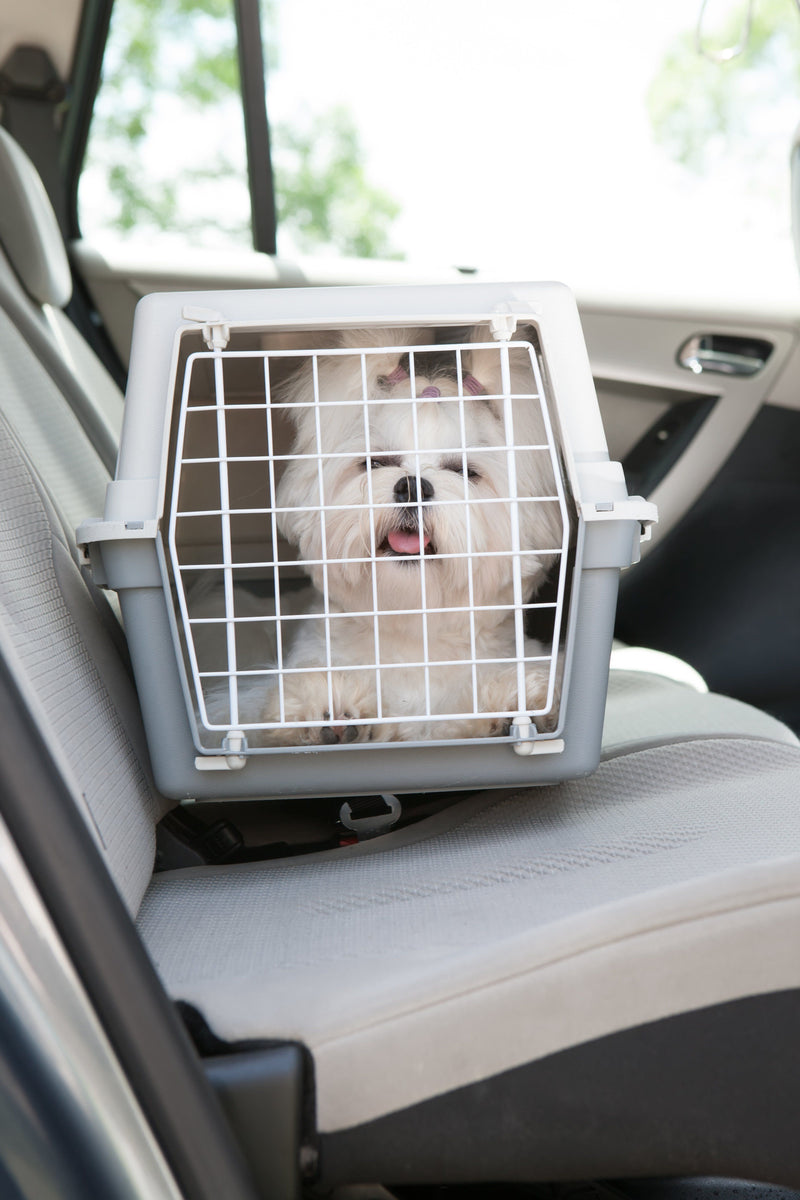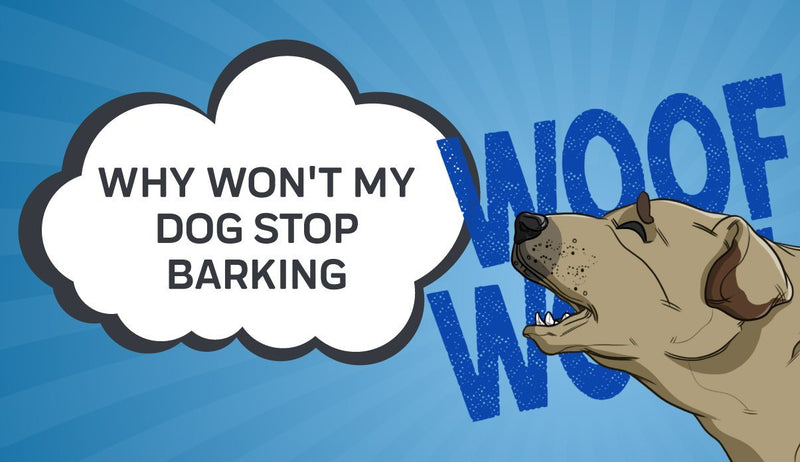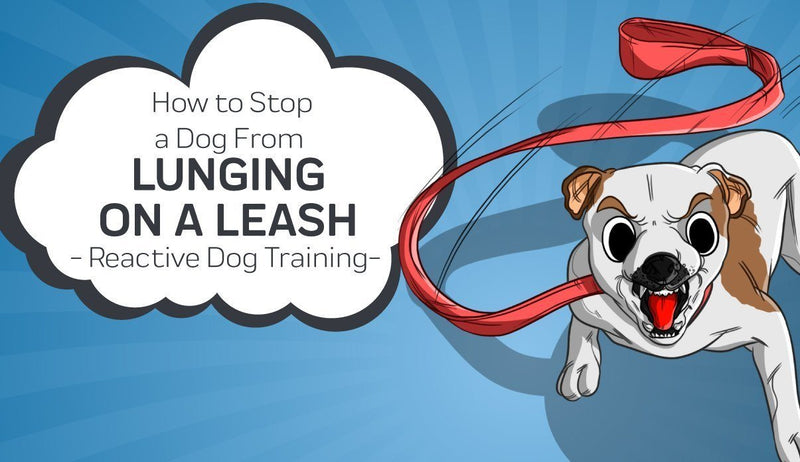
What does heel mean for a dog? What does the command heel mean? “Heel:” it’s a command which keeps a dog glued to your side whether you’re standing still or on the run. The main purpose of the heel command includes keeping your pet’s attention fully fixed on you. “Heel” is an excellent command because it offers applications off and on leash. Training a dog to heel may be helpful on busy streets or brand-new areas in which dogs are permitted to be off leash. This heel dog’s method is particularly helpful while training a service dog, too. In addition to keeping your pup physically engaged, to train a dog to heel keeps your pooch mentally engaged too.
This post from Innovet Pet Products will teach you all things you need on how to train a dog to heel. In following these train dog to heel steps, you will have the ability to teach your dog a number of helpful commands.
How to Properly Use the Heel Command
What does heel mean to a dog? The heel command shouldn’t be overused or abused. The command takes an extremely specific amount of concentration and will require a heightened sense of awareness upon the part of the dog and is thereby mentally taxing. “Heel” ought to be reserved for situations in which your pup must be on their best behavior. “Heel,” as a result, should not be used on routine daily walks or playing on the lawn, unless there’s a particular situation. Keep in mind that your pet learns about his environment through exploration; therefore, enabling your pup to be curious and walk around is a key part of his process of development.
Training Exercise One: Stationary Eye Contact
For this how to train your dog to heel training exercise, some type of edible snack is best, although it’s possible to utilize a clicker for canines if you prefer that technique. To start, move your hand around and ensure that the pup will remain engaged with the snack, as well as follow your hand. Next, tell the pup to sit. After he makes eye contact, offer him a dog treat. Repeat the process a couple of times to establish that he’s now in training, as well as to reinforce that positive behavior is going to be rewarded.
Training Exercise Two: Learning to heel

What does bring to heel mean? As the dog gets accustomed to following your hand then sitting, as well as making eye contact, it’s now time to begin to train him to heel. A proper heel is a situation in which the dog stays by your left side, yet it is possible to determine which side is better for you. For simplicity, the following post is going to be referring to a person’s left side. For stationary heels, your pup ought to be on your left side sitting down, as well as looking up at you. It’s vital that you use the term heel in a steady and calm tone of voice. This lets the dog know that you’re in control and that what you’re saying is instructed at him.
Start the same way you did the last time by showing him the dog treat then moving the hand around and having the dog follow the treat. Bring the hand around the back of you, as this part is critical, you have to make him go around the backside to the side you’re training them to heel on, within this instance, our left. Bring him around the back by luring him with the snack then stop the hand at your left leg and state “heel.” If he stops to look up at you, you can reward him with a doggy treat and a few words of positive reinforcement such as “good boy.”
Bringing him around the backside and onto the left leg is how you can reset. If he ever slips up or doesn’t properly execute a heel, it’s essential to reset. You want him to face forward yet look up at you. Don’t reward poor posture or anything which might reinforce poor habits. It’s vital for him to be stationary and concentrated on you.
Training Exercise Three: The walking heel
Once you’ve gotten used to a stationary heel dog, it is possible to start to work on a moving heel. It might take a bit more practice, and your reward system is based upon the pup remaining with you instead of following a direct command. But it’s essential that you constantly repeat the heel command then give the dog a treat if he remains directly by your side. You might be rewarding your pet every few steps as long as he’s moving ahead with his concentration on you directly after saying the word heel. To repeat, if he roams in front of you or he loses concentration, it’s important that you reset by bringing him around the back and onto the left leg. As a seated heel is reestablished, you might start a moving heel again.
Like all things in life, practice makes perfect. You’ll want to work on training him to heel in a lot of different scenarios. As you make the decision to practice training your pup to heel, be certain that you’re equipped with sufficient treats and work for a prolonged time period. Training your pup to heel is a committed practice that’s certain to yield an obedient and attentive dog!
How to Train Service Dogs
Is there anything that a dog cannot do? For hundreds of years, canines have played an important part in the development of humanity. Not just have we trained them to assist us in gathering food, protect us from harm, help with the chores or other physical activities, yet we’ve even bred them to become our most loyal friends. Making it no shock why these amazing animals were selected for the very critical role of servicing the ones who are in need.
Trusted service dogs aren’t always simple to find; however, if you know how you can train a service canine, it is possible to be confident that your pup will have the ability to take care of you if you ever need them to. A service dog’s purpose includes helping those individuals who have disabilities lead more independent and productive lives. They assist us in guiding folks who are blind, alert individuals who are deaf (particularly with common sounds like the doorbell or a telephone ringing), assist in pulling a wheelchair, and picking up things which are out of reach or have fallen without the person noticing.
But not all disabilities are visibly obvious. Service dog activities also can involve tasks like: alerting an individual who has diabetes or a seizure disorder to an upcoming attack, reminding someone who has a mental illness to consume their prescribed meds, aiding in calming someone who has PTSD within an anxiety attack, or any additional functionalities that are specific to a disability. For some people, service dogs are so precious to their general well-being and capability of living their lives to the fullest. Without the valuable services of these intelligent and amazing creatures, a lot of disabled folks might be left without the ability to navigate through life on a day-to-day basis. In order to learn more on the best service dog training ideas, continue reading the section below.
An Owner-Trained Service Dog
Traditionally, when we imagine how to train a dog to be a service canine, the majority of us might opt to turn to a professional in the training dog to heel industry. Most pet owners don’t have firsthand know-how of how to train a canine for service which is the reason why they enlist a seasoned professional to properly get the job done. The main reason for this, is that there are real consequences and implications if the training isn’t thoroughly done. Imagine how harmful it might be to assign a half-trained service canine to guide a blind individual through a hectic city. Not just might the situation wind up deadly for both the dog and the person, yet for other people around them, too. That reality makes it very important for dog owners to be responsible, as well as make sure that if they’re going to train a service canine themselves, they ensure they’re doing it correctly.
But, despite how things typically have been done in past times, “owner-trained” service canines have emerged with a lot of popularity. An owner-trained service dog has become more attractive in recent times for many reasons. Going through the motion of locating the proper service canine for your needs and the added cost and extra time-involved, led many people needing a service canine to just do the work on their own.
While some owners who need to train their own pups to help them have the ability to do so if correctly trained, they still should seek out assistance from an expert dog trainer that’s skilled at working with service canines. Also, handlers-in-training ought to consult with ADI (Assistance Dogs International) for assistance in locating a trainer and to ensure they’re alert to all laws that involve service dogs.
Do not forget! There’s more to training a service canine than you may think. Not just will you have to cover the mental and physical training, yet you also will have to make sure you’ve covered all the legal bases, too.
One benefit of training your own service pup is that you’re highly in-tune with your specific needs. Generally, dogs, as well as their owners have an extremely unique bond and this bond becomes stronger when they’re trained to service you. Essentially, your service canine will become like one of your own body limbs, there to service you at all times, as well as thinking for you using muscle-like memory. The adoration your pet has for you also will make the connection while training more personal for the two of you, as well as enhance their capability of listening to your directions.
Therapy Dogs Vs. Service Dogs
Many folks oftentimes confuse service pups with therapy pups, which easily can be misunderstood. For those people wanting to locate a genuine service canine with all the necessary capabilities and training, it’s vital that you know the difference between the two kinds of ‘service’ canines. While both are extremely valued by the human beings they take care of, the extent of care varies because of the different training levels to become a therapy canine vs. an active service canine.
Service Canine
Service pups may be thought of as a single dog for a single person. The animals will perform certain activities that help that individual cope with some type of disability.
Therapy Canines
On the other hand, therapy dogs, are one canine for everyone! Therapy canines assist in bringing comfort and cheer to students, homeless families, nursing home residents, assisted living centers, hospital patients, etc. In providing those services on a volunteer basis, such dogs aid their owners in providing opportunities for affection and bonding in various settings.
As it’ll come to personality type, they naturally should be outgoing and friendly, but obedient and calm. Also, these dogs must be socialized to engage with various people, places, and things to handle the stimulating world that surrounds them. Therapy dogs must be trained in obedience and basic manners and must take continuing education classes to continue offering the best support and care possible to their owners.
Training Service Dogs

The process of learning how you can train a pup for service may be tedious and long. Within most instances, the path to becoming a correctly trained service canine is a challenging journey ahead for dog and owner alike. Canines have to have the ability to do their jobs on command and must perform the skills necessary for the ADIPA- a test that has a series of goals made to assess a dog’s behavior within distracting environments.
Most service pups are specifically bred for this duty by organizations which then train them, as well as place them with certain clients in need. The institutions have extremely high standards, and not every dog passes the final requirements in order to be placed with a handler. Those high standards are exactly what makes expert training so critical. The organization-trained service canine’s dropout rate may be as great as 50 - 70%, which indicates how serious it is to ensure that service dogs have the ability to do the task they were bred to do. The dogs are intended to assist folks in overcoming challenges that otherwise wouldn’t have been possible without the additional help.
Skills
If you’re planning on training your very own service pup, there a many key things you must know. So your pet can be deemed appropriate for servicing you or one other person who has a disability, they have to have the ability to meet these requirements:
- Master Public Access skills
- Meet all AKC Canine Good Citizen goals
- Concentrate their attention on the owner while additionally ignoring exterior distractions all at the same time
- Understand how to use the bathroom on command
Service dogs, as well as their owners have the job every time they enter a public setting. While in public, owners ought to be confident and relaxed to promote an excellent image of service canines out in the field. Assistance Dogs International has actually set up standards for service canine behavior as it’ll come to passing the Public Access Test, which include, yet aren’t limited to:
- Not going astray or losing control if the leash is dropped
- Having controlled behavior inside a restaurant setting
- Having the ability to go down and sit on command in a variety of scenarios
- Able to recall from 6’ away while on lead
- Having the ability to heel while moving all throughout a building
- Having a controlled approach going out of and inside doorways
- Having a controlled approach nearing a building
- Controlled loading out of and into a vehicle
And while the United States has no official requirement, self-regulation is crucial and those hours within the guidelines are smart to follow.
They break down within these 3 stages:
Teach dog to heel
This train your dog to heel command may be hard to teach some pups. It is a lot more direct than a simplistic “sit” or “come here.” Heeling is all about sustaining a relative position to the owner irrespective of how the owner moves.
Proofing
Proofing may be extremely time consuming, as it’ll require training the canine to tune out all additional distractions and consistently be attentive and on command. While tedious, the command may be among the most critical in the whole process.
Tasking
This is when a service canine is being taught a certain job that they’ll have to perform, like sensing a medical alert or offering guidance. The majority of folks think it’ll be the most challenging, yet after nailing down the additional two concepts, tasking often is the simplest command of them all.
Sources:
Fun With HeelingPuppy Behavior and Training
How to Train Your Dog to Heel
How to Teach Your Dog to Heel in a Day
How to Train Your Dog to Heel















